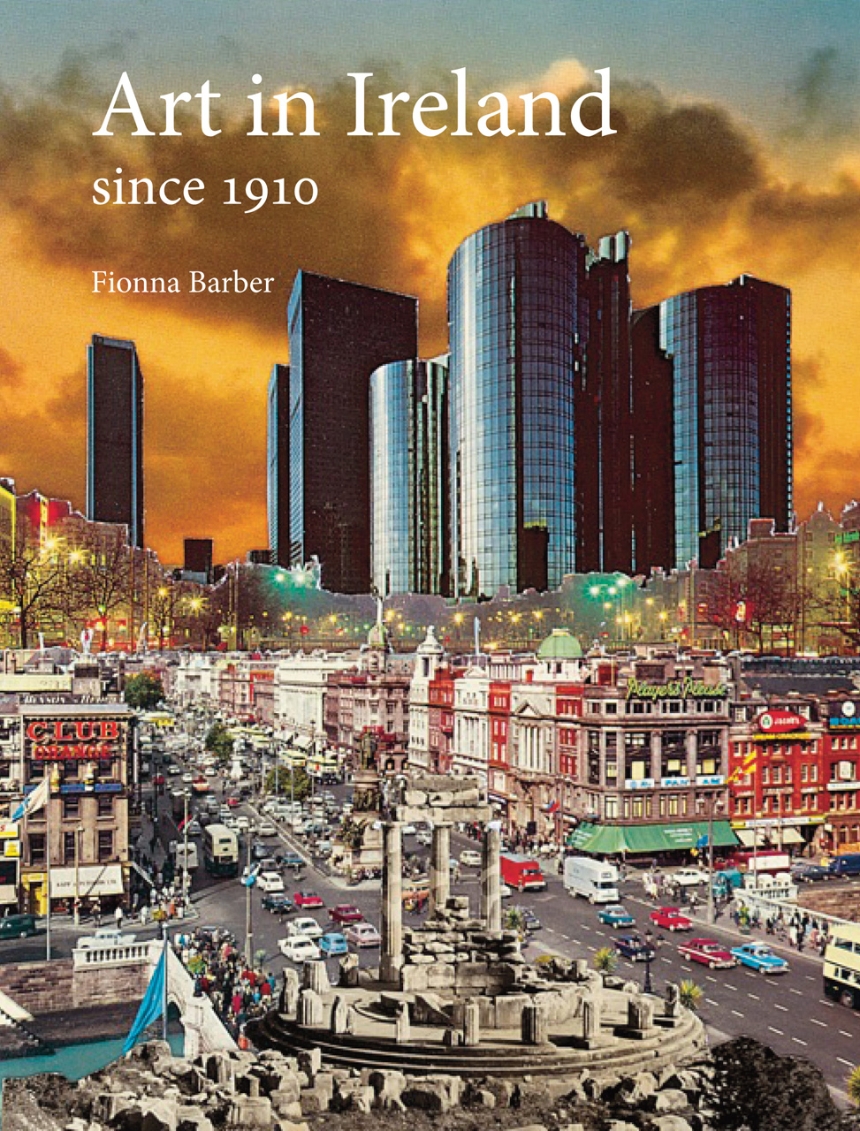Distributed for Reaktion Books
Art in Ireland since 1910
Ireland and Britain have an entwined and contentious past. Though southern Ireland broke with the Commonwealth in 1948, Northern Ireland remains a member of the United Kingdom to this day. As Fionna Barber shows in Art In Ireland since 1910,Ireland’s relationship to its closest neighbor has played a key role in the development of its visual culture. Using the work of Jack B. Yeats, William Leech, John Lavery, William Orpen, F. E. McWilliam, Francis Bacon, and others, Barberlooks at how Ireland’s art practice during the past century has been shaped by the twin forces of nationhood and modernity.
Barber reveals that the drive to decolonization in the Irish Free State underpinned a predominance of images of remote landscapes and rugged peasantry. She moves beyond discussions of art in Northern Ireland—often reduced to a concern with the Troubles, the period of ethno-political conflict that began in 1969, and the significance of its status as part of Britain—to consider the region’s art practice in relation to ideas of nation and the modern. Drawing parallels with artists from other former British colonies, she also looks at the theme of diaspora and migration in the work of Irish artists working in Britain during the 1950s. The first book to examine Irish art from the early twentieth century to the present day, this beautifully illustrated book adds a new dimension to our conception of this idyllic country.
Reviews
Table of Contents
Chronology
Introduction: The Ghost Ship, Nation and Modernity
Introduction: The Ghost Ship, Nation and Modernity
1. Ethnicity, Revolution and the Modern, c. 1910–1918
2. Modernity and Independence
3. The West, the South and the North: Art in Ireland in the 1930s
4. War, its Aftermath and the Visual, 1939-1947
5. The Significance of the Overlooked
6. Irish Art and Diaspora in the 1950s
7. Modernization and its Consequences: The 1960s
8. The Conflict in the North and Irish Art, 1968–1979
9. Postmodernism and Ireland
10. The Unravelling Nation, 1990–1998
11. After the End of Progress
References
Bibliography
Acknowledgements
Photo Acknowledgements
Index

